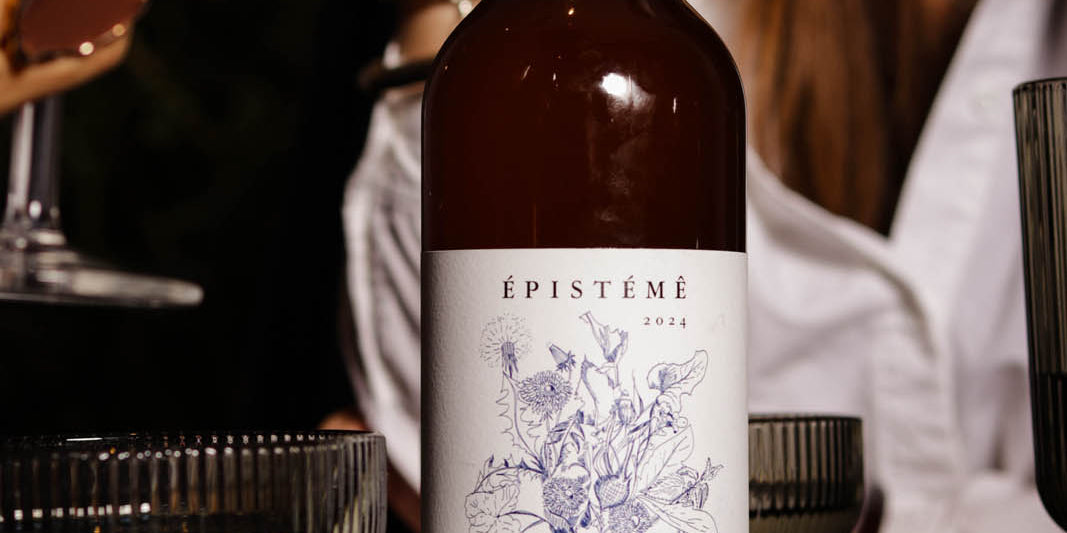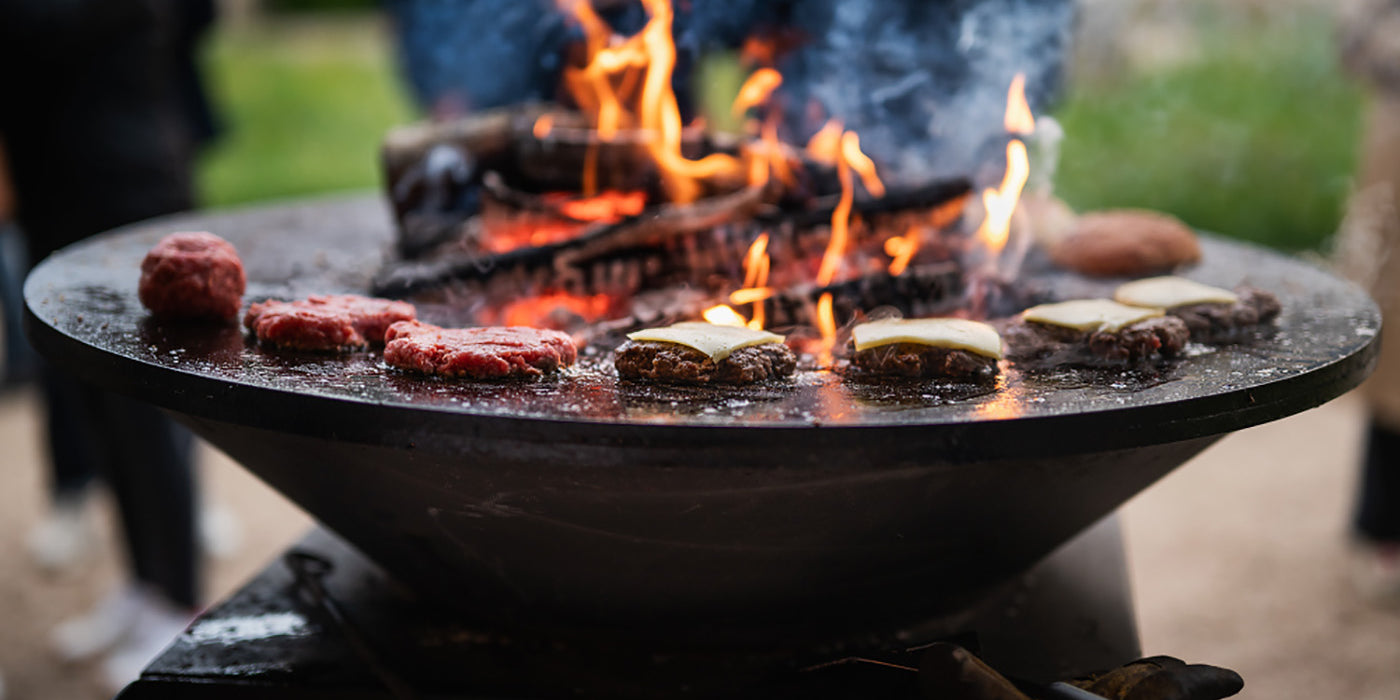The vintages follow one another and are not alike. After an ultra-simple 2018 vintage, I had a hard time imagining that nature would be less easy to manage in 2019.
Instant cold snap
While the buds are barely green, a severe cold snap is announced in Burgundy. Chambers of Agriculture, BIVB, COOP, our dear (I speak well from a monetary point of view) technical advice wanted to be reassuring: “the frost will be small and the vines are not pushed enough! “Never being better served than by ourselves, we decided in Chassagne not to follow their advice and to be ready to intervene with a possible burning of straw.

On the night of April 5, the thermometer will quickly drop. The weather was very humid and the north wind contributed even more to the feeling of cold. Our straw smoke is going to be useless because of the wind. Due to the low risk announced by our advice, many winegrowers had not yet released their candles.
The damage to the chardonnay is significant. The Pinot Noir which was a little less phenologically advanced also suffered but the damage was harder to see. For a farmer, it is always frustrating to start a season with a frost! The plant has suffered a lot of stress and the harvest potential has already been reduced.
Climatic conditions
The 2019 vintage in Burgundy was not very early, flowering took place in early June. During the flower, the weather was cool and this will lead to coulure on the chardonnay. The summer of 2019 is scorching and with only 226 mm of rain from April 1 to September 30, the season will have been even drier than 2003!

Since the summer of 2015, we have been experiencing the hottest and driest summers ever known in Burgundy. It is deplorable to see that despite the climate emergency, the biggest polluters on the planet continue with the support of our governments to destroy our planet. But OK ! As long as they keep drinking Burgundy, why worry?
Diseases and interventions
The other challenge of this vintage was the strong pressure of powdery mildew. The rate of treatments in organic farming is weekly and the reasoning occurs every 10 to 12 days. Except that sulphur, with repeated treatments and high heat, can cause the grapes to burn.
In nature, when a system is balanced, human intervention is almost useless. Given the number of operations that we have to carry out on our vines, we can clearly conclude that our vines are no longer in harmony with their environment.

I don't understand why we'd rather spend our money lighting candles and using chemicals to keep growing them when we could just use naturally selected grape varieties that are better suited to the current context . The reason is simple: the INAO and the IFV are two administrative corpses. It is a disgrace to their founding fathers. Today, these organizations are no longer capable of anything other than degrading the image of our prestigious terroirs.
Vintage Style
Weather conditions always determine the style of the vintage. With fairly high temperatures and little rain, the harvest will ripen quickly and we decide to start the harvest with the whites on September 9. The harvest was rich in tartaric acid, which is quite good because the malic acid had melted in the sun. With sugar levels sometimes higher than 13% vol., tartaric acid also has the effect of rebalancing the wine.

At the start of 2021, the wines are in bottles and despite unusual conditions for Burgundy, the personalities of each terroir to which we are accustomed stand out well. This reassures me concerning the capacity of our vines to be able to adapt to these climatic changes. At the estate, we do not want to rest on our laurels. Our wish is to get ever closer to the most virtuous model possible in order to repair the errors of our manufacturers.
Armand Heitz
.









